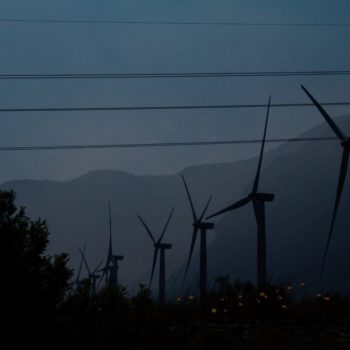The reformed Energy Charter Treaty (ECT) remains a tall barrier to climate action. The EU and UK carveouts under the new ECT are not compatible with the Paris Agreement. They should thus consider withdrawing from it together. This E3G briefing explores what is needed for the ECT to be aligned with the Paris Agreement and why the reform still falls short.
The Energy Charter Treaty (ECT) protects foreign investors from any state policy that could harm their expected revenues. This has benefited fossil fuel industry interests and undermined investments in future-oriented technologies.
Negotiations to reform the ECT and align it with the Paris Agreement ended this summer. The talks failed to remove protections for all fossil fuel investments but allowed countries to “carve out” certain energy investments from ECT protections.
The EU and the UK have introduced carveouts under the reformed Energy Charter Treaty, but they:
- Fail to reclaim enough policy space to ensure an orderly and just transition to a decarbonised energy system.
- Risk investors bringing project approvals forward to get in before the phaseout dates.
- Introduce loopholes that investors and ECT tribunals can abuse to extend protections to investments incompatible with net zero.
With this on the table, the EU and UK policy toolboxes will continue to be strongly limited under the new ECT until the mid-2030s, far too late to regulate fossil fuel phaseouts. Given the necessity to grow non-fossil energy investment in Europe to handle the current crisis and the urgency to act on climate change, the EU and UK cannot afford a treaty that limits their agency in driving the necessary change. They must thus agree on a coordinated withdrawal from the Treaty.


